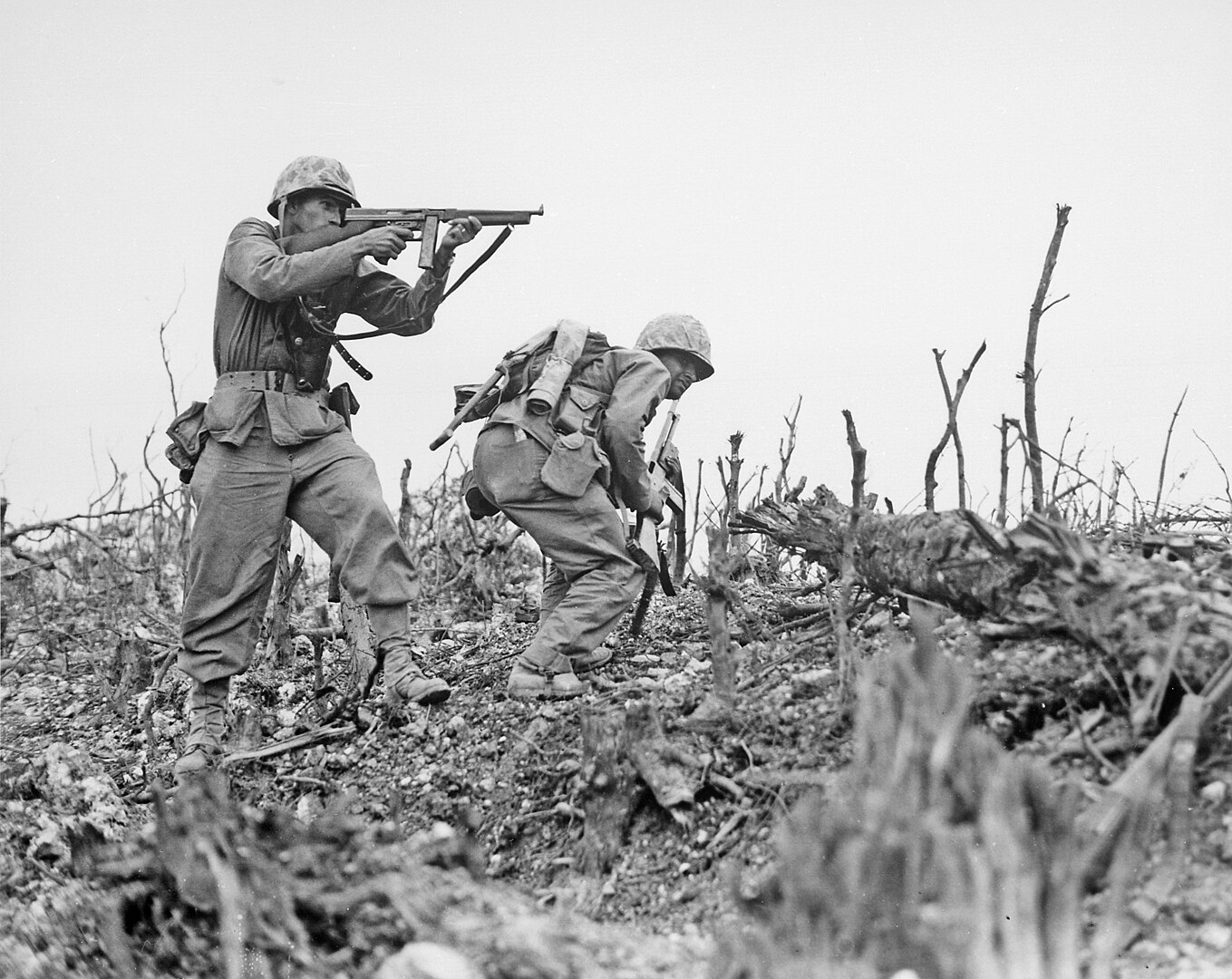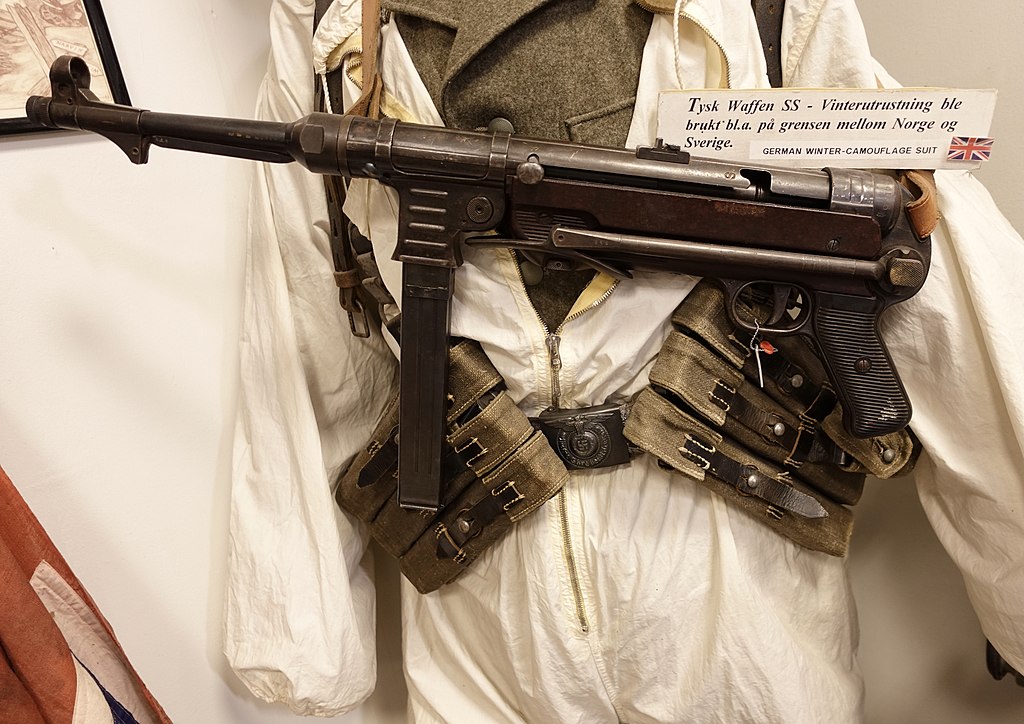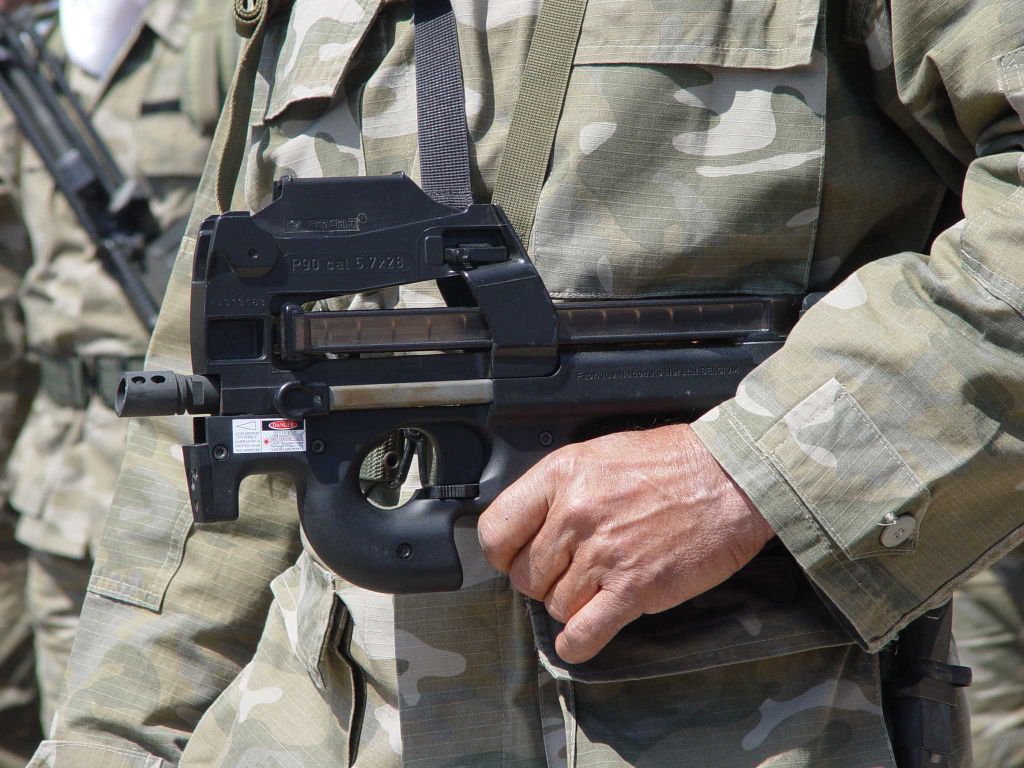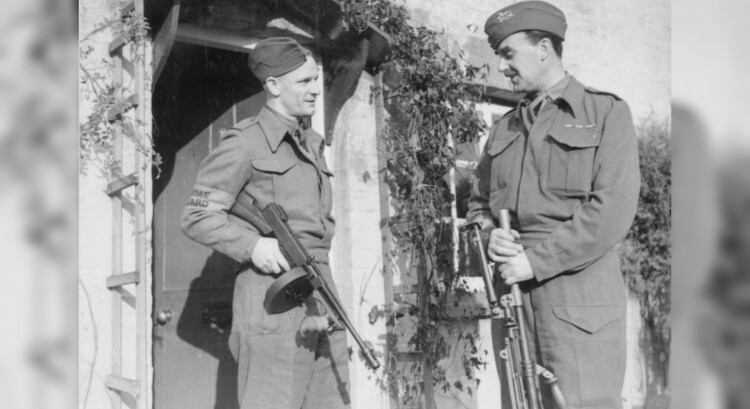The harrowing reality of trench warfare during World War I and II posed unique challenges, thrusting soldiers into the treacherous confines of intricate trench networks that stretched across the Western Front. As we examine its origins, we explore whether the lightweight, portable, rapid-firing weapon known as the “trench broom” truly lived up to its deadly reputation in the face of the many challenges of trench warfare.
Where Does the Slang Term Come From?
As the Great War raged across the battlefields of Europe, a new style of warfare emerged within the intricate network of trenches that stretched across the Western Front. These trenches became both defensive fortifications and perilous deathtraps. In such a brutal and confined environment, traditional weaponry struggled to meet the demands of combat.
Enter the “trench broom”—a weapon designed to sweep through enemy positions with rapid bursts of firepower, a concept that would forever alter the course of military engagements.

Exemplars of Innovation
Several iconic trench brooms became emblematic of this innovative approach to combat. Among them, the legendary Thompson M1921 and M1928, famously known as the “Tommy Gun,” earned widespread recognition. Initially designed for law enforcement, the Tommy Gun’s adaptability and high rate of fire made it a favored choice among soldiers and gangsters alike.
Another notable example is the Bergmann MP18, which is often considered the world’s first true submachine gun. Introduced in 1918 by German engineer Hugo Schmeisser, the MP18 played a significant role in shaping the development of subsequent submachine guns. Schmeisser drew inspiration from earlier designs, such as the Villar-Perosa aircraft submachine gun. However, it utilized a blowback operation and fired from an open bolt, allowing for a high rate of fire. Its compact size and fully automatic capability made it a formidable force in the trenches.
The German MP40, or Maschinenpistole 40, was also a prime exemplar of the trench broom concept. Renowned for its reliability and maneuverability, the MP40’s folding stock and rapid-fire capability made it a staple in the Nazi German arsenal during World War II.

Functional Design for Confined Spaces
At the heart of the trench broom’s design lay its adaptability to the harsh realities of trench warfare. These weapons were characterized by their three key elements: compact size, lightweight construction, and high rate of fire. Engineered to be wielded by infantrymen moving through narrow and treacherous trench corridors, the trench broom’s ease of use and ergonomic design enabled soldiers to navigate the labyrinthine trench systems while maintaining accuracy and control.
Changing the Face of Combat
The trench broom’s impact on the battlefield was profound. It not only empowered soldiers to effectively engage enemies at close range but also disrupted the stagnant nature of trench warfare. With the trench broom in their hands, infantrymen gained newfound mobility and firepower, enabling them to clear out enemy positions and gain ground more swiftly. The concept of the trench broom elevated the role of infantry soldiers, allowing them to directly influence the outcome of battles.
Legacy and Evolution
The legacy of the trench broom extended well beyond the battlefields of the World Wars. Its innovative concept laid the groundwork for subsequent generations of submachine guns and firearms crafted for urban combat and close-quarters engagements. Notable examples include the iconic Heckler & Koch MP5, the futuristic FN P90, and the versatile Uzi Pro, among others. The trench broom’s enduring influence is evident in the modern evolution of infantry weaponry, where essential attributes such as compactness, high fire rates, and maneuverability continue to define the landscape of small arms design.

The Verdict on the Trench Broom’s Lethal Acclaim
In hindsight, the trench broom undeniably lived up to its formidable reputation. Emerging as a tailored solution to the challenges of trench warfare, this compact submachine gun showcased its efficacy in the hands of infantrymen, forever altering the dynamics of close-quarters combat. Its swift precision in neutralizing enemy positions and providing unprecedented soldier mobility validated its deadly renown. By unleashing rapid torrents of firepower within the unforgiving trenches, the trench broom firmly established itself as a potent and feared force on the battlefield. Its enduring legacy is etched in the annals of military innovation, forever reshaping the face of warfare.
~
To wrap it up, the trench broom is a testament to the dynamic relationship between warfare and innovation. Emerging from the harrowing confines of trench warfare, these submachine guns forever transformed the nature of combat. Their ability to effectively “sweep clean” enemy positions within the unforgiving trenches paved the way for a new era of weaponry.
While the trenches of the past may have receded into history, the legacy of the trench broom lives on, a powerful reminder of the ingenious solutions born during the chaos of war.










COMMENTS
You must become a subscriber or login to view or post comments on this article.